Make Everyday the Tet Nguyen Dan Festival
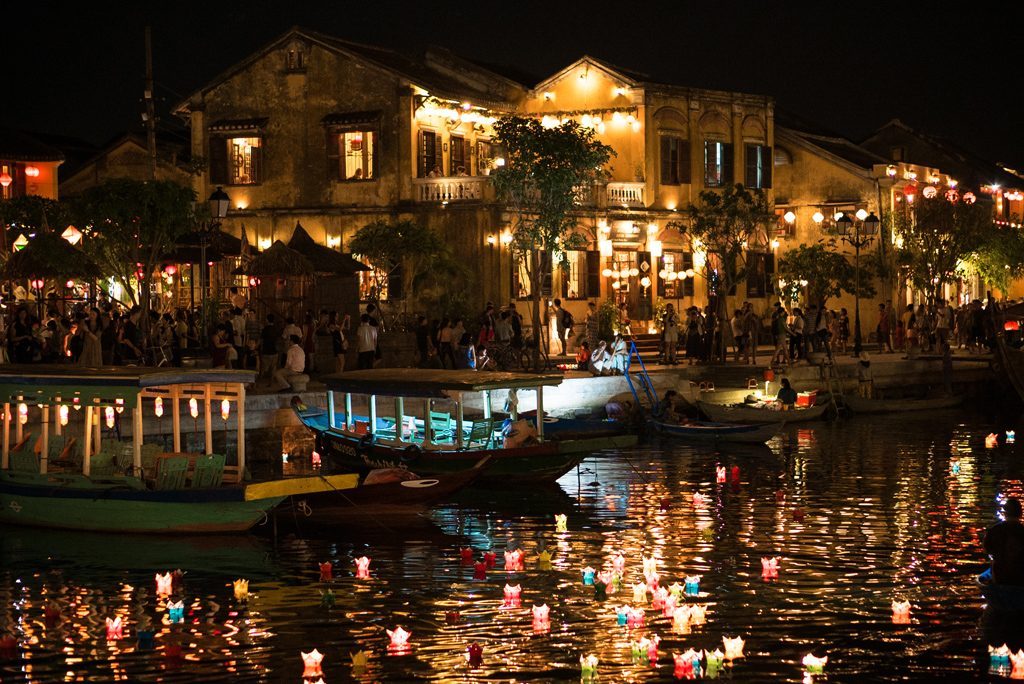
The Tet Nguyen Dan Festival or “Feast of the First Morning of the First Day” is Vietnam’s New Year festival. It celebrates new beginnings.
Research shows when the “temporal landmark” of a new year is associated with the notion of new beginnings, it increases the motivation to get the new beginning right. Called the “Fresh Start Effect,” it empowers us to disassociate ourselves from past mistakes, leave failures behind and look forward to being the best we can be.
Research finds we can benefit from creating temporal landmarks in our lives more regularly than waiting for a new year. If we make every morning the Tet Nguyen Dan Festival, we are more likely to accomplish the goals we have set for ourselves for that day.
While the Vietnamese set thousands of colorful lanterns and balloons afloat on Tet Nguyen Dan, we can turn on the light in our souls, leaving behind yesterday and starting today afresh again.
Vietnam’s Top 7
Old Town Hoi An
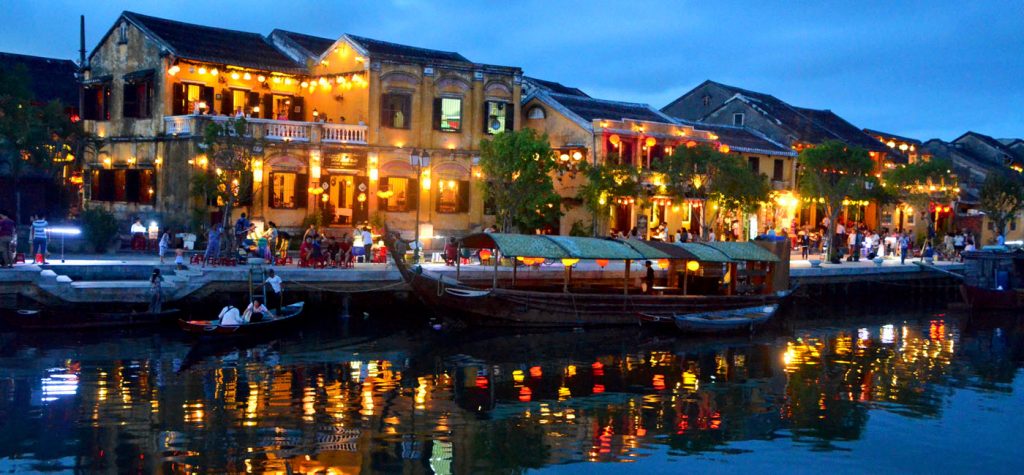
UNESCO-listed Old Town Hoi An is an exceptionally well-preserved example of a South-East Asian trading port with heritage buildings from the 15th to the 19th centuries. You’ll see Chinese, Japanese and French influences in addition to Vietnamese. There is so much to see and it can all be seen on foot. There are historic Chinese temples, a Japanese covered bridge, wooden shop-houses, Chinese assembly halls, French-colonial buildings, and quaint old canals. During Tet Nguyen Dan in January or February, Hoi An’s river is set ablaze with thousands of colorful lanterns. There are Chinese chess and martial art competitions, tug of wars, music contests, bands, dance performances and fashion shows.
Imperial City of Hue
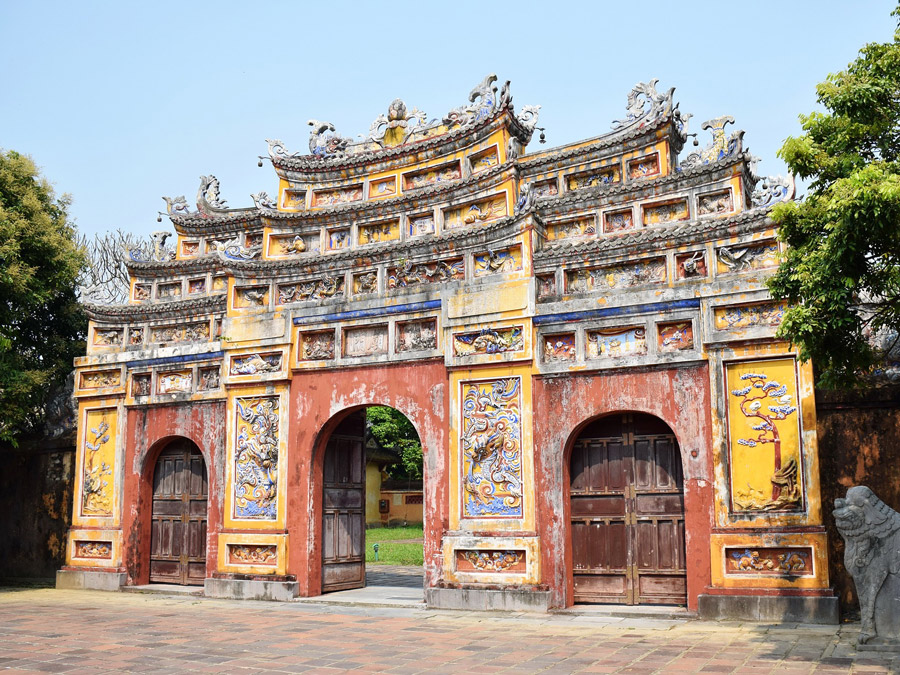
Located on the banks of the Perfume river, the thick stone walls of Hue’s citadel protected the royal capital of Vietnam’s Nguyen dynasty from 1802 to 1945. About 160 buildings once stood inside the citadel’s imperial walls. Providing a view into Vietnam’s pre-colonial history and architecture, you will find a few well-preserved buildings lavishly adorned with carvings and gold and lacquer-work at this UNESCO World Heritage Site. This small city is also famous for its Imperial cuisine.
Ha Long Bay
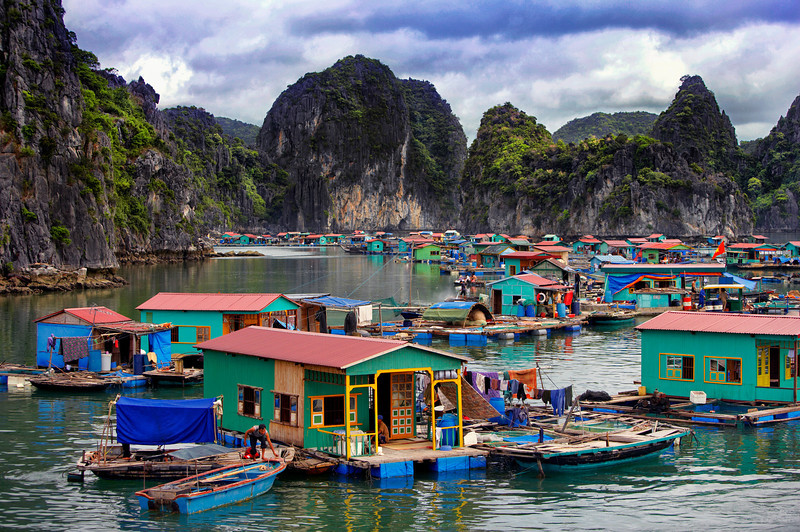
Comprising 1,600 islands, the UNESCO-listed Ha Long Bay forms a spectacular seascape of lush limestone rocks set amidst turquoise waters. An iconic landmark, you will find hidden beaches, lakes, waterfalls, caves, floating villages, floating markets, hotels, restaurants, and nightlife on the tiny islands dotting Ha Long Bay. Sunrises and sunsets are majestic.
Neighboring Bai Tu Long Bay offers the same jaw-dropping scenery as does Ha Long Bay; it is less crowded.
Trang An
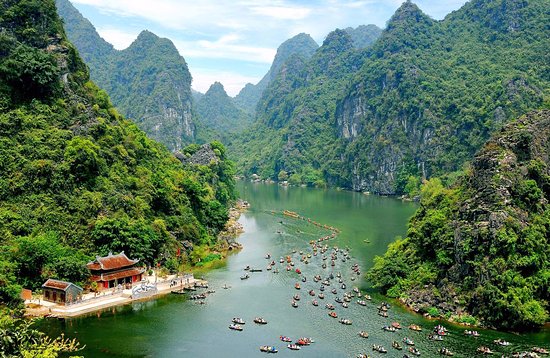
Trang An is dominated by large limestone karst peaks which create steep vertical cliffs covered with lush green vegetation. Unlike a traditional mountain range where the slopes connect to each other through valleys, most of these peaks stand in isolation, making them even more dramatic in appearance. In between are rice paddy fields as far as the eye can see. There are sections that are submerged under water and a cruise is the best way to enjoy this UNESCO World Heritage Site.
Hanoi’s Old Quarter
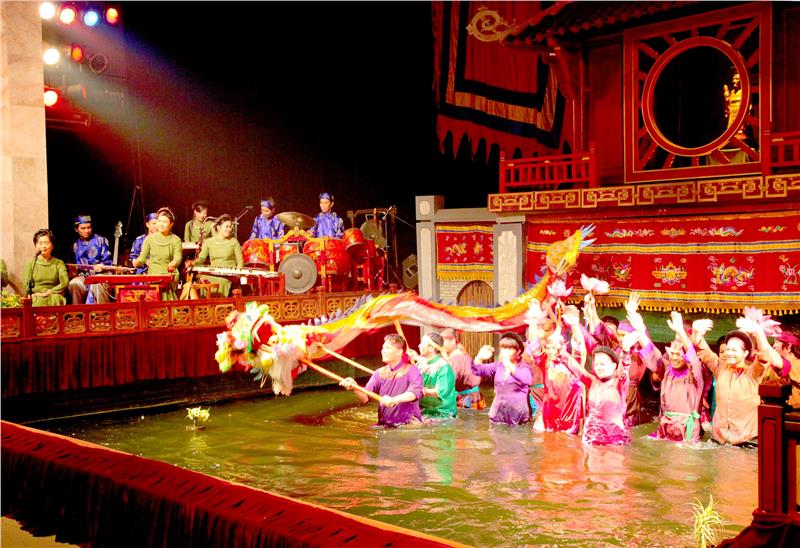
Packed with charming French-colonial buildings, Vietnamese-styled buildings and Buddhist temples and pagodas, Hanoi’s Old Quarter is an architecture-lover’s paradise. Historic buildings to see are the Vietnamese-styled Temple of Literature which was built in the 11th century, the Vietnamese-styled Ngoc Son Temple located in Hoan Kiem Lake, the red-lacquered Bach Ma Temple, the French-colonial Presidential Palace, Saint Joseph Cathedral, and more, best seen by walking around the neighborhood. Additionally, you will find hip cafes, bars, restaurants, bakeries, boutique stores and art galleries in this historic area. There’s plenty of nightlife as well, from enjoying the city’s best jazz performers to karaoke. Don’t miss the Thang Long Water Puppet Theater. Dating back to the 11th century, the puppets move across a pool of water. Stories depict the daily life of villagers such as farming, fishing and romance, which are told through operatic vocals. Performances are accompanied by a Vietnamese orchestra playing traditional music using drums, wooden bells, horns, bamboo flutes and cymbals. Dong Xuan Market is Hanoi’s largest indoor market and food court. Another must-visit is the Weekend Night Market. It is a busy, bustling gathering of roadside stalls and local food vendors. In addition to street food, the local beer, Bia Hoi, is a specialty. Brewed daily without preservatives, it is the freshest beer you’ll ever find.
Mekong River
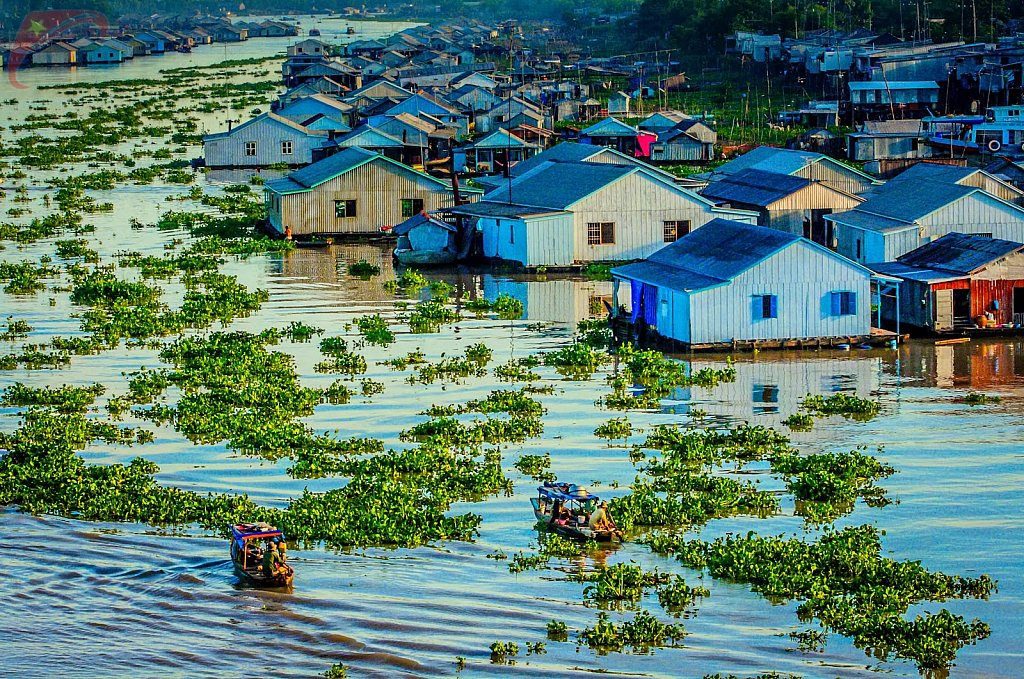
The Mekong River is the longest river in Southeast Asia and the 12th longest river on earth. From floating markets selling fish, coconut candy, tropical fruits and vegetables and flowers, to floating villages, rice paddy fields and bee farms, the Mekong river displays a way of life that hasn’t changed for centuries. There are over 1,100 freshwater species of fish including the giant catfish, endangered Irrawaddy dolphin, and the giant freshwater stingray.
Cu Chi Tunnels

The Viet Cong dug tens of thousands of miles of tunnels in its war against South Vietnam and the USA. Soldiers used these underground routes to house troops, transport supplies, and mount surprise attacks, after which they disappeared underground. These underground tunnels were home to living areas, kitchens, hospitals, and even had air filtration systems. The tunnels were preserved after the war and have been converted into a large war memorial complex.
Planning Tips

In order to visit Vietnam’s Top 7, you can fly into Hanoi or Ho Chi Minh City. From there you can pick up an all-inclusive tour or get help with planning aspects that are most challenging such as transportation, entrance tickets and finding deals. Steve Mannshardt of Magical Journeys Beyond can help you create a trip tailored to your preferences.
The best time to visit Vietnam is from December to May, in order to avoid the rains. The Tet Nguyen Dan Festival takes place in January or February each year.